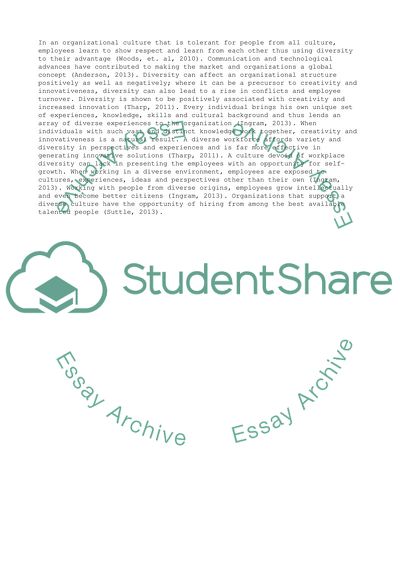Cite this document
(The Ethical Side of Discrimination and Culture of Diversity Research Paper, n.d.)
The Ethical Side of Discrimination and Culture of Diversity Research Paper. Retrieved from https://studentshare.org/management/1797489-ethical-and-legal-issues-in-the-workplace
The Ethical Side of Discrimination and Culture of Diversity Research Paper. Retrieved from https://studentshare.org/management/1797489-ethical-and-legal-issues-in-the-workplace
(The Ethical Side of Discrimination and Culture of Diversity Research Paper)
The Ethical Side of Discrimination and Culture of Diversity Research Paper. https://studentshare.org/management/1797489-ethical-and-legal-issues-in-the-workplace.
The Ethical Side of Discrimination and Culture of Diversity Research Paper. https://studentshare.org/management/1797489-ethical-and-legal-issues-in-the-workplace.
“The Ethical Side of Discrimination and Culture of Diversity Research Paper”, n.d. https://studentshare.org/management/1797489-ethical-and-legal-issues-in-the-workplace.


